How to Get Rid of African Lovegrass in Your Lawn
African Lovegrass (Eragrostis curvula) is a tufted, grassy weed that’s most prevalent in Australian pastures and grazing land, but it can impact home lawns too. Originally ...

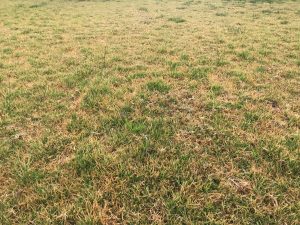
Your lawn may turn yellow or brown due to several things such as being sick with a disease, having gone dormant or simply nutrient deficient.
Once you identify why your lawn is going yellow or brown you can then assume a management plan or rest easy that all is alright.
So what can be causing your lawn to become yellow or brown?
Lawn diseases can be more common than people realise, and are most easily diagnosable when patches of turf lose colour, get sick or even die.
The key to beginning to suspect a lawn disease is when a very small spot begins and continues outwards and expands into circles or irregular shaped patches.
For the purpose of this article, we will concentrate on general lawn health, which can be suspected and seen as different from a lawn disease when it affects the entire lawn and not just patches or circles.
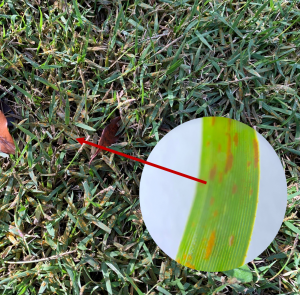 Rust is a fungal disease that occurs on your lawn when its growth is slowed. For many Rust is more of an inconvenience rather then devastating to your lawn’s health.
Rust is a fungal disease that occurs on your lawn when its growth is slowed. For many Rust is more of an inconvenience rather then devastating to your lawn’s health.
Rust usually appears in late summer or early autumn and during periods of dry weather or when the grass is low on nitrogen.
Lawn Rust weakens the strength of your lawn and can make it more susceptible to other diseases and turf problems.
Rust is identified by pulling a couple of blades out of the lawn. The lawn blades will be coated with orange-red to yellowish brown dust or spores.
Lawn Rust begins with yellowing leaf blades and small yellowish spots which mature to orange, red or brown colouring.
The Rust’s spores can be rubbed off the grass blades with a finger. Overall, Rust patches of grass become thin and weak.
For control of Rust fungal disease, myhomeTURF recommends a good broad spectrum fungicide – such as Indigo Voltar.
The most common reason a lawn will turn yellow or brown is due to something lacking in the lawn, which in turn is making the lawn sick.
The most common causes of lawns turning yellow or brown are lack of nutrients, such as nitrogen, or lack of water.
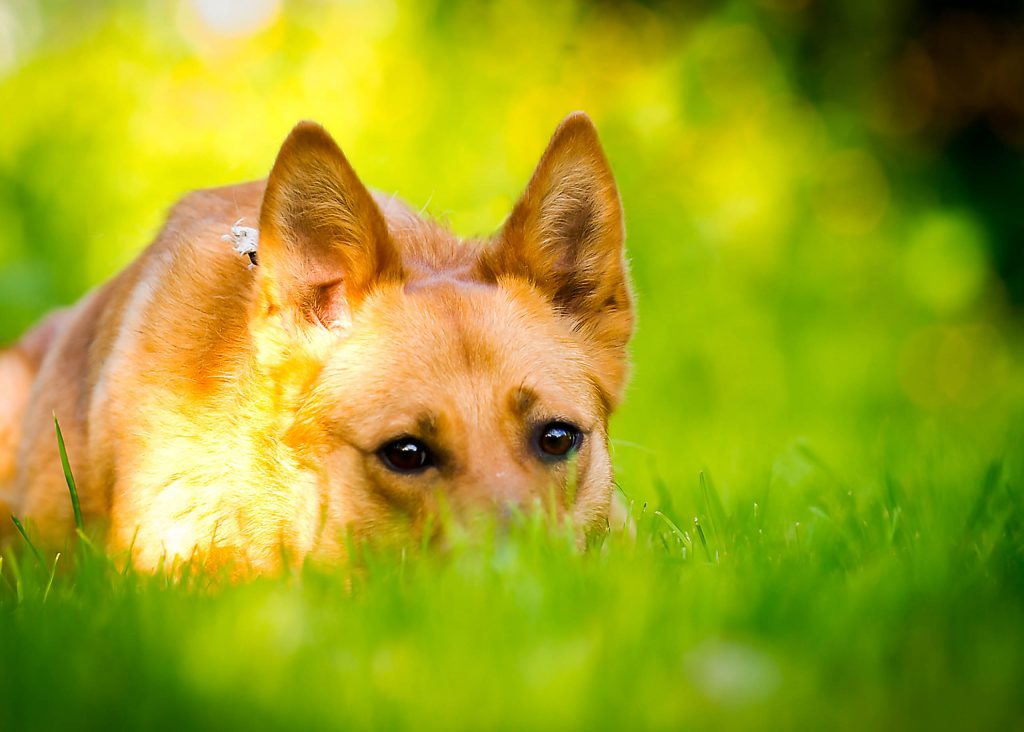 Dog urine can be your lawn’s worst enemy, creating unsightly yellow or brown burnt patches. Dog urine has a variety of nitrogen compounds when a dog regular urinates on your lawn in the same location it can cause permanent damage.
Dog urine can be your lawn’s worst enemy, creating unsightly yellow or brown burnt patches. Dog urine has a variety of nitrogen compounds when a dog regular urinates on your lawn in the same location it can cause permanent damage.
Tips to help prevent dog urine from causing yellow or brown patches are to keep both your grass, and your dog, hydrated. A hydrated dog can reduce the concentration of the urine and minimise the burning effects on your lawn
If you catch your dog urinating on your lawn, aim to saturate the area with water immediately. This will serve to dilute the urine and reduce the amount of damage caused to your lawn. Find out more about reducing the impacts of your dog’s urine on your lawn here.
When your lawn has become waterlogged for too long, its roots and soil can begin to root. This causes the older blades of your lawn to turn yellow, thin out and eventually turn brown. Often your lawn may have a rotten egg or sulphur-type smell in the soil.
Aerating can help divert some of the water on your lawn away from the surface. The deeper the core holes the better the results. If severe waterlogging happens often on your lawn and in your garden – it may be worth investing in the services of a really good landscaper to get the drainage sorted out.
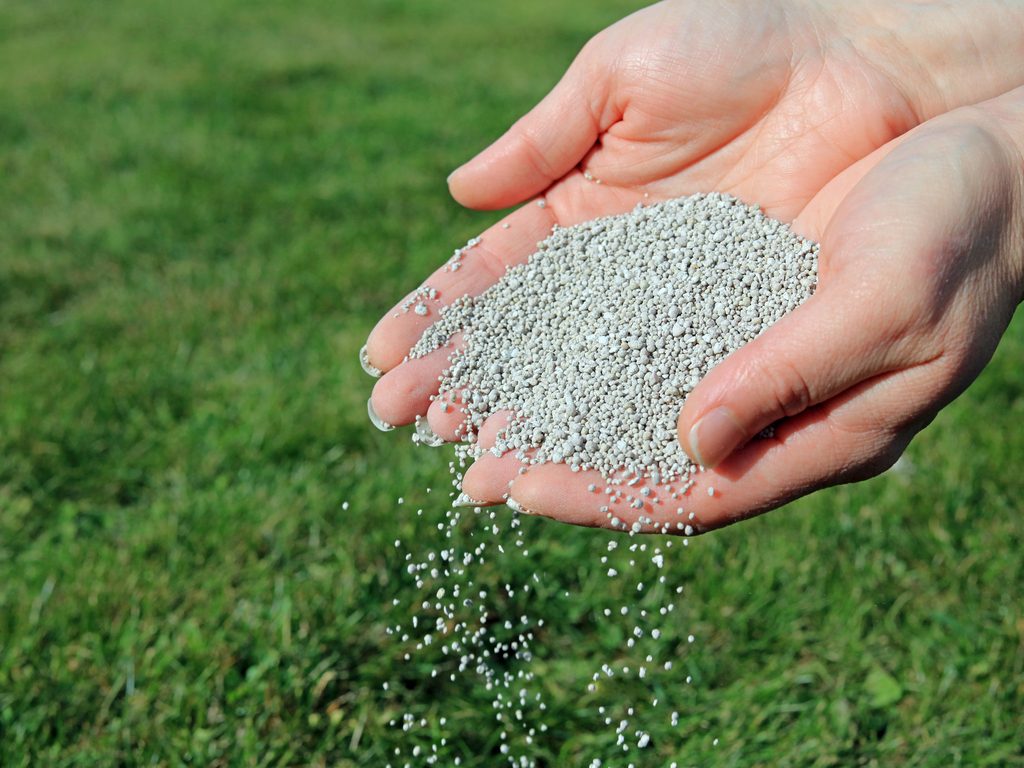
There’s just no way around this one, and it’s the number 1 reason lawns lose their colour and become sickly – a lack of nutrients.
Lawns need nutrients, these are fed to the lawn in the form of lawn fertilisers, and should be applied all year round at 6-8 weekly intervals.
The rule of thumb is to fertilise your lawn each season.
Lawn fertilisers contain all the nutrients lawns need to survive, thrive, and stay healthy and green.
All homeowners should implement a good lawn fertilising regime as just normal lawn care practice.
Watering lawns often seems like a relatively simple task but is so often not managed properly by many people, as a result, lawns suffer.
Watering should only be done in the morning, this prevents lawn diseases from establishing and gives lawns the water at the only time they can absorb it – which is during the day.
Watering at night simply wastes large amounts of water and can cause the build-up of mildew which promotes disease.
If necessary, watering and reticulation times should also be monitored and adjusted as necessary.
Watering lawns also extends to the area of water retention in the soil.
If your lawn has poor soils then water cannot properly spread throughout the soil profile, nor can the soil hold onto water for long periods of time if it is water repellent.
Regular applications of Wetting Agents should be applied at least twice a year to aid in the water friendliness of the lawn soil.
If water and nutrients have been taken care of, then other minor elements can be looked at which may be affecting the health of a lawn.
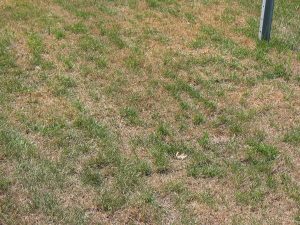 To protect themselves during the cold, frosty season lawns go into a state of dormancy, where they have slow or almost no growth.
To protect themselves during the cold, frosty season lawns go into a state of dormancy, where they have slow or almost no growth.
Lawns also go into dormancy during the dry season when water is scarce, the lawn shuts down to reduce using water and focuses on putting all resources into the roots.
Most lawns can stay in a dormant state for at least three to four weeks without the grass dying. During the dormant period of a lawn, little maintenance and mowing are required.
High Winds Causing Lawns to Dry Out
Lawns that are affected by high winds can have their soils dried out very quickly. This, however, can be monitored with watering times adjusted according to the time of the day with the least wind and, perhaps more water applied to account for the water loss from the wind.
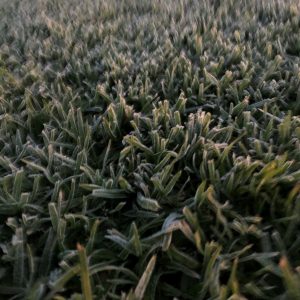 Frost occurs on your lawn when the ground cools down to a temperature lower than the air next to the surface.
Frost occurs on your lawn when the ground cools down to a temperature lower than the air next to the surface.
The moisture or dew that blankets your turf is caused by the water vapour in the air.
When turf is frost damaged it will be obvious through the appearance of yellow or brown patches throughout the lawn.
There is not much you can really do to prevent frost damage on your lawn unless you blanket the entire area.
However, a healthy lawn improves its chances of a full and speedy recovery from frost damage.
With rapid over-population affecting every city in the country, more and more homes are being built closer together.
The result is the creation of massive heat traps of bricks, concrete and paving sitting alongside an equally hot road. Sometimes a lawn is put into such environments to create a ‘touch of green’. In these situations it would be best to increase watering times and/or frequency, as required, to reduce the lawn’s heat stress.
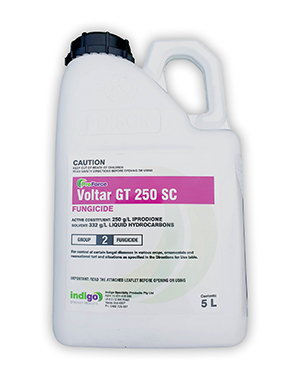
Indigo Voltar Fungicide 5L is a broad-spectrum Fungicide with the active ingredients of Iprodione (250g/L) and Liquid hydrocarbons (332g/L). Suitable for Zoysia, Kikuyu, Couch and Buffalo grasses. Always read the safety directions and instructions on the product label before use.
SHOP NOW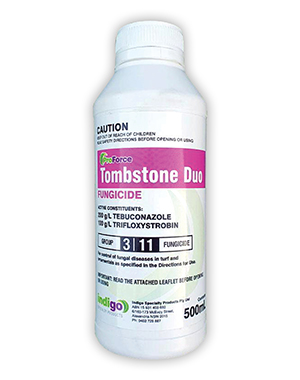
Indigo Tombstone Duo Fungicide 500mL is a superior broad-spectrum Fungicide. Suitable for Zoysia, Kikuyu, Couch and Buffalo. Always read the safety directions and instructions on the product label before use.
SHOP NOW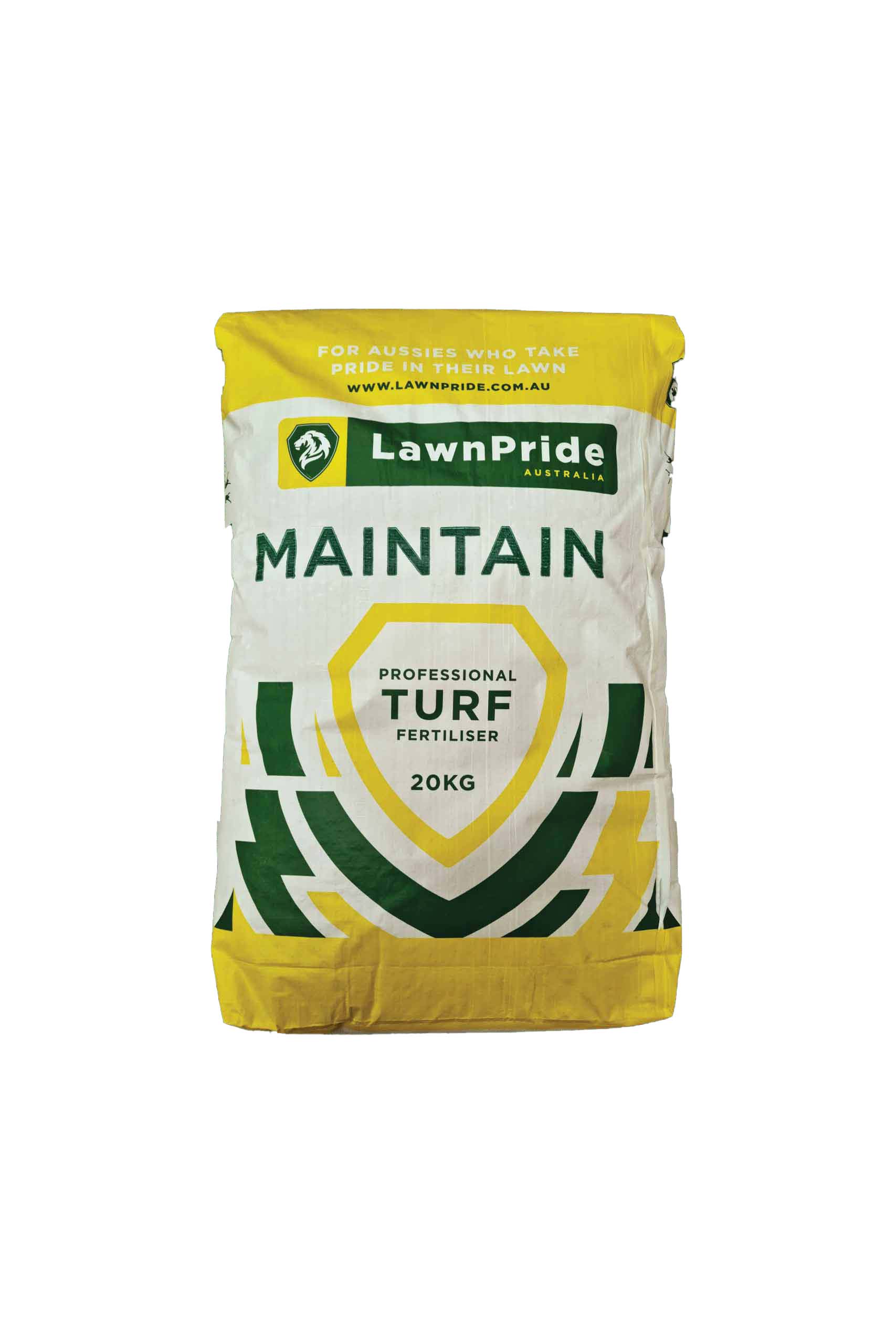
Lawn Pride Maintain 26-2-9 + 3.4 Fe 20kg is one of the most popular granular all-round lawn fertilisers on the market with the active ingredients of Nitrogen (N – 26), Phosphorus (P – 2), Potassium(K – 9) and Iron (Fe – 3.4). Suitable for Zoysia, Kikuyu, Couch and Buffalo grasses. Always read the safety directions and instructions on the product label before use.
SHOP NOW